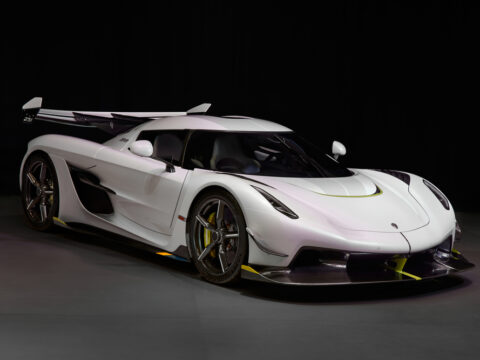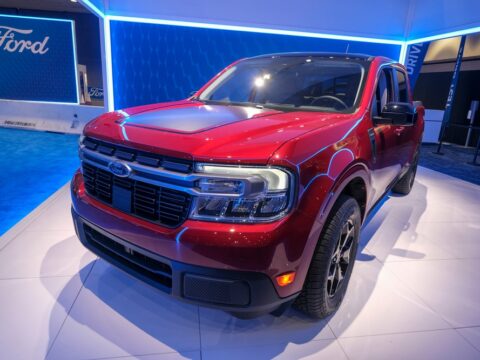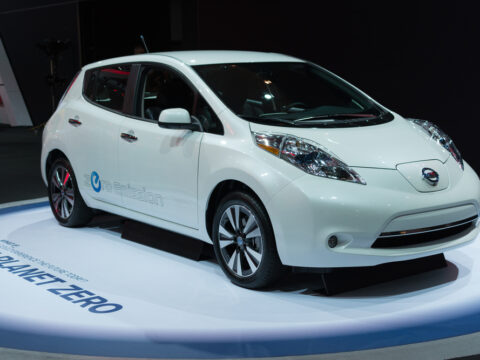In the world of military aviation, speed is a critical factor that can mean the difference between success and failure in combat. Over the years, engineers have developed jet fighters capable of incredible speeds, pushing the limits of technology and performance. Let’s take a closer look at 18 of the fastest jet fighters in history, showcasing the innovations that made them so powerful and their impact on air combat.
Contents
MiG-25 Foxbat
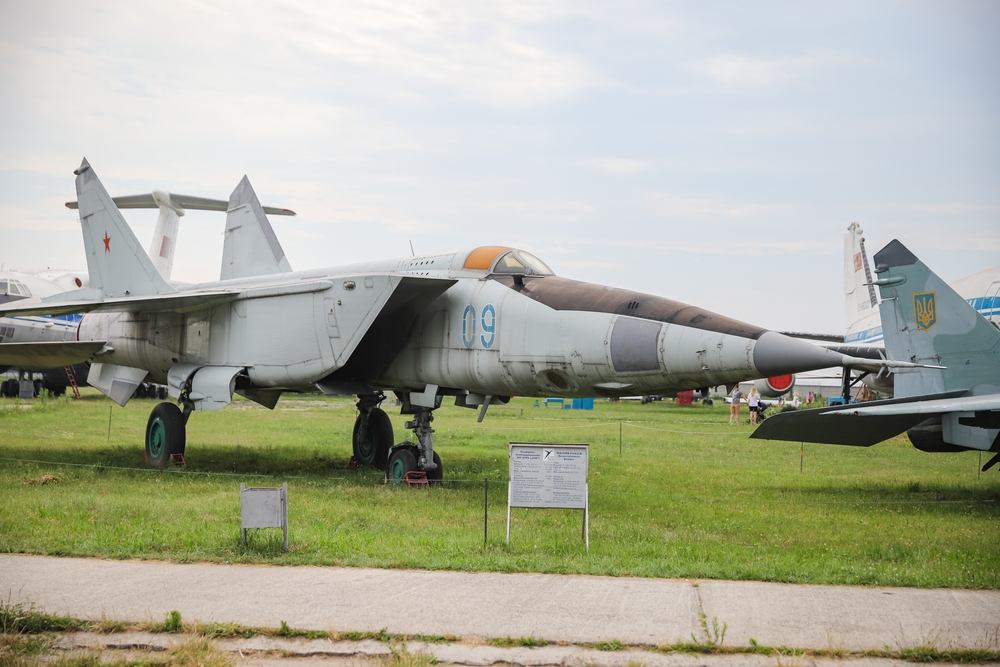
The Soviet MiG-25 Foxbat stands out as one of the fastest military jets ever, achieving speeds of up to Mach 2.83. It was developed in the 1960s to counter threats from high-speed American aircraft such as the SR-71 Blackbird. Equipped with powerful twin engines, the MiG-25 excelled in reconnaissance and interception roles. However, its agility was limited, and it relied on older radar systems, which made it less effective in close combat.
SR-71 Blackbird
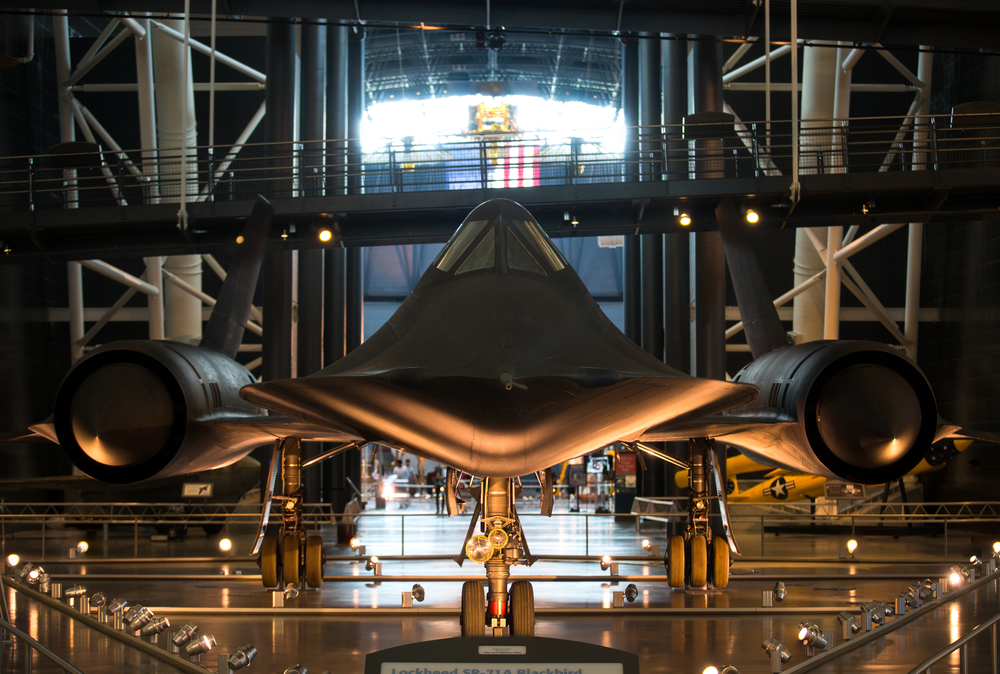
Known for its legendary speed, the SR-71 Blackbird could fly at Mach 3.3, making it one of the fastest aircraft ever built. Designed for high-altitude reconnaissance, it could outrun most missiles aimed at it during the Cold War. Its titanium body allowed it to withstand the immense heat generated at such speeds. Though it wasn’t a fighter, the SR-71’s ability to gather intelligence while evading threats made it an indispensable asset to the U.S. Air Force.
MiG-31 Foxhound
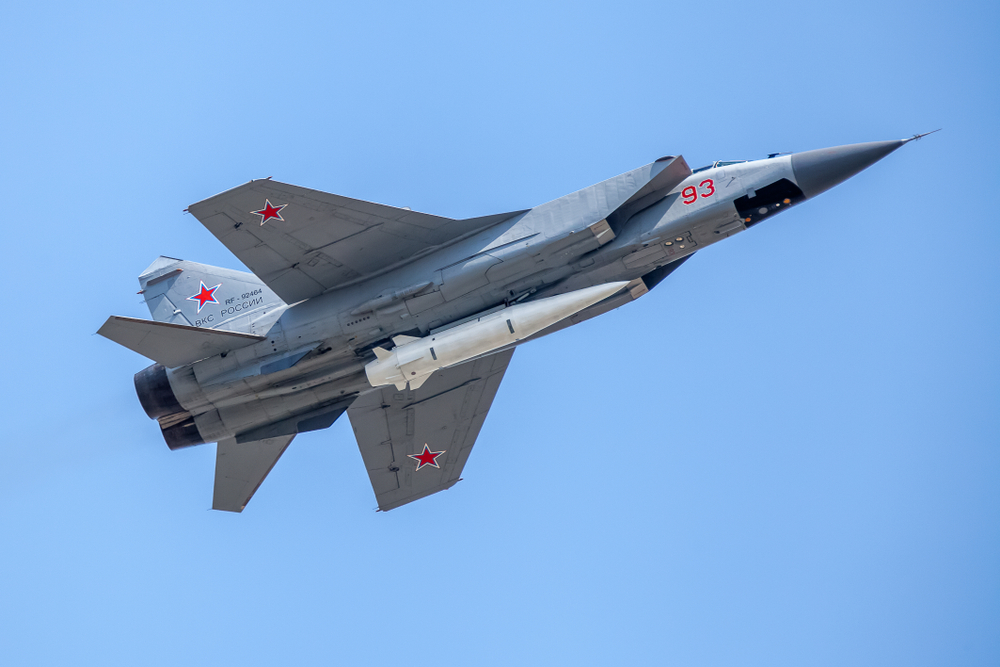
Building on the success of the MiG-25, the MiG-31 Foxhound was introduced in the 1980s as a high-speed interceptor. Capable of reaching Mach 2.83, the Foxhound was designed to intercept fast-moving threats such as missiles and enemy aircraft. With an advanced radar system, it could track and engage multiple targets at once, offering a strategic advantage. Although it wasn’t known for dogfighting, its role in long-range interception made it a crucial part of the Soviet and later Russian air defense strategy.
F-15 Eagle
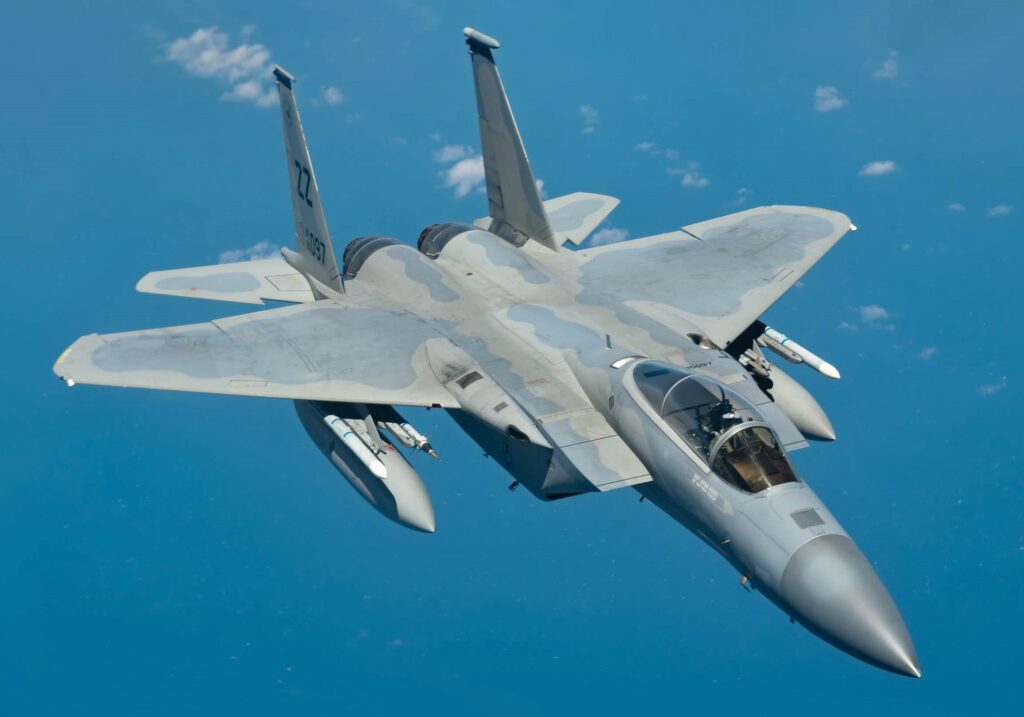
The F-15 Eagle, with a top speed of Mach 2.5, has long been hailed as one of the premier air superiority fighters in the world. First introduced in the 1970s, it was designed to dominate the skies in both speed and maneuverability. Its record speaks for itself, with over 100 confirmed air combat victories and zero losses. Equipped with cutting-edge radar and weapons systems, the F-15 can engage multiple targets with precision. Its reliability and speed continue to make it a cornerstone of many air forces around the globe.
XB-70 Valkyrie
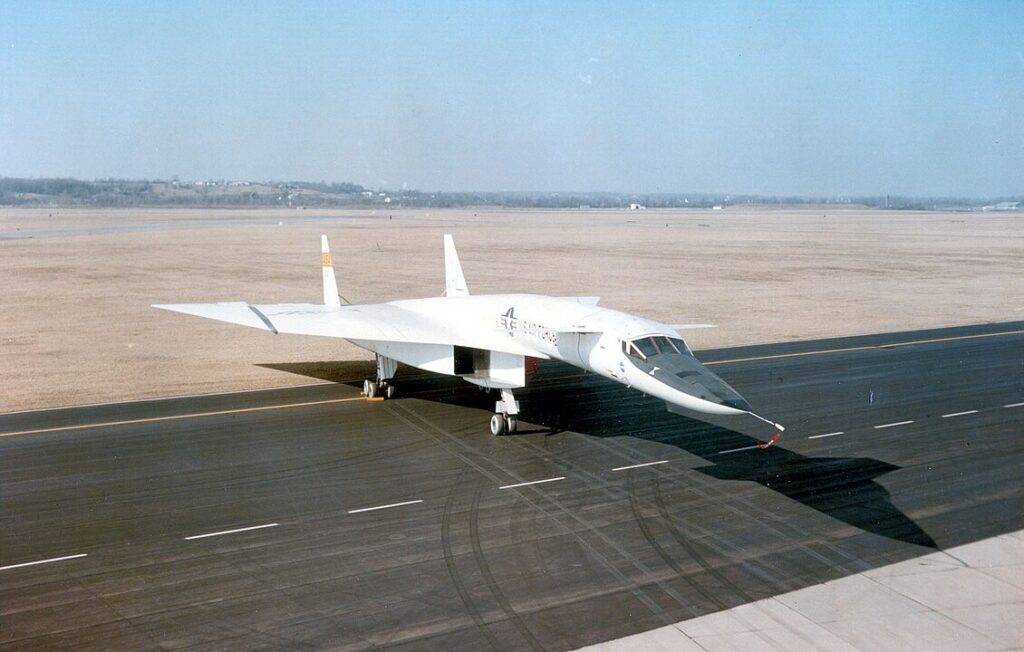
Although it never went into full production, the XB-70 Valkyrie was designed to be a Mach 3 strategic bomber. Developed during the Cold War, it was intended to deliver nuclear weapons at high speeds, outrunning enemy defenses. The aircraft’s innovative design, with a sleek delta wing, allowed it to reach extreme altitudes and speeds. Unfortunately, advancements in missile technology rendered its role obsolete before it could be fully deployed.
F-22 Raptor

The F-22 Raptor represents the cutting edge of modern jet fighter technology, capable of flying at Mach 2.25. Its ability to supercruise, or sustain supersonic speeds without afterburners, sets it apart from many other jets. Designed for both air superiority and ground attack, the Raptor excels in speed, stealth, and agility. It has seen limited combat use but remains one of the most advanced and fastest fighters in service today.
Su-27 Flanker
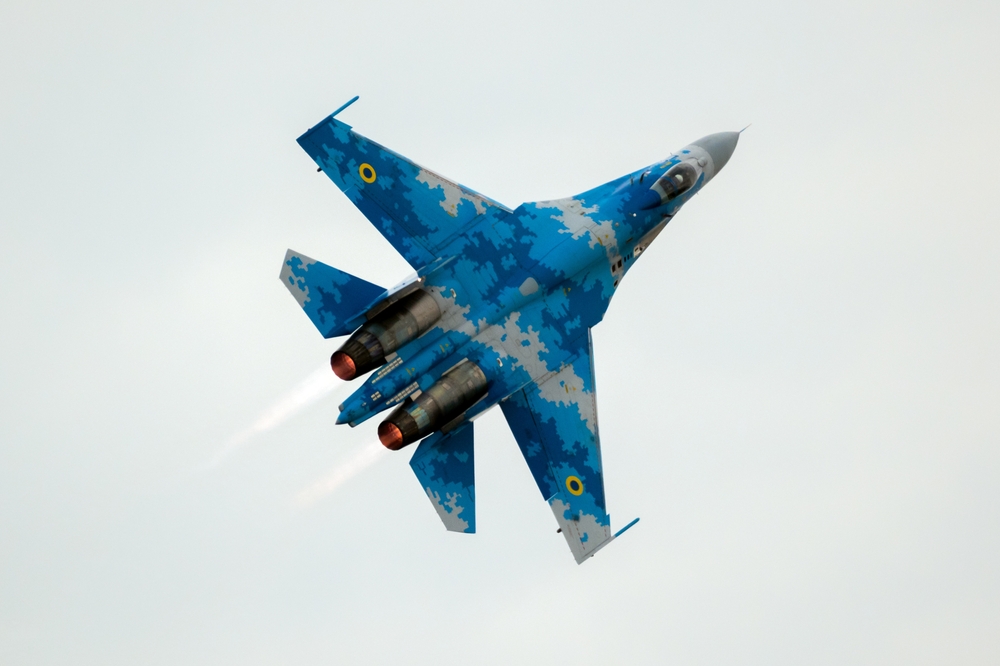
The Su-27 Flanker is a Soviet-built fighter capable of reaching speeds up to Mach 2.35. Developed to counter the American F-15 Eagle, it combines speed with extreme maneuverability, thanks to its powerful engines and aerodynamic design. The Flanker has proven itself in air combat and remains in service with multiple nations. Its ability to carry a significant weapons payload makes it a versatile and dangerous aircraft. Today, it remains a highly respected player in both air defense and offense.
Eurofighter Typhoon
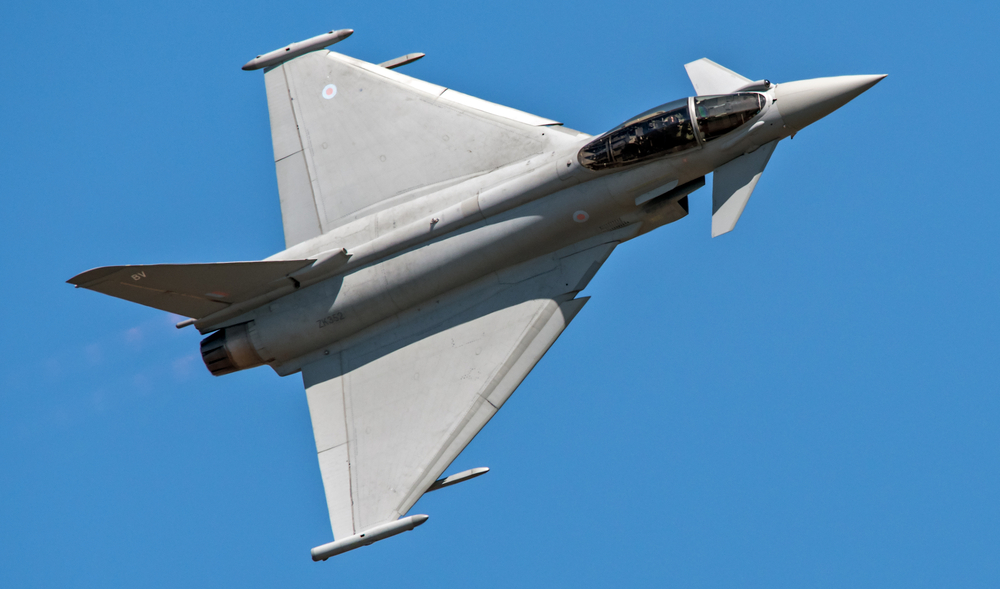
The Eurofighter Typhoon can reach speeds of Mach 2, making it one of the fastest modern jet fighters. It was designed through a collaboration of European nations to serve as a multirole fighter capable of air-to-air and air-to-ground missions. Highly maneuverable, the Typhoon is equipped with state-of-the-art avionics and weaponry. Its agility in dogfighting situations, combined with its speed, makes it a formidable adversary.
Dassault Rafale
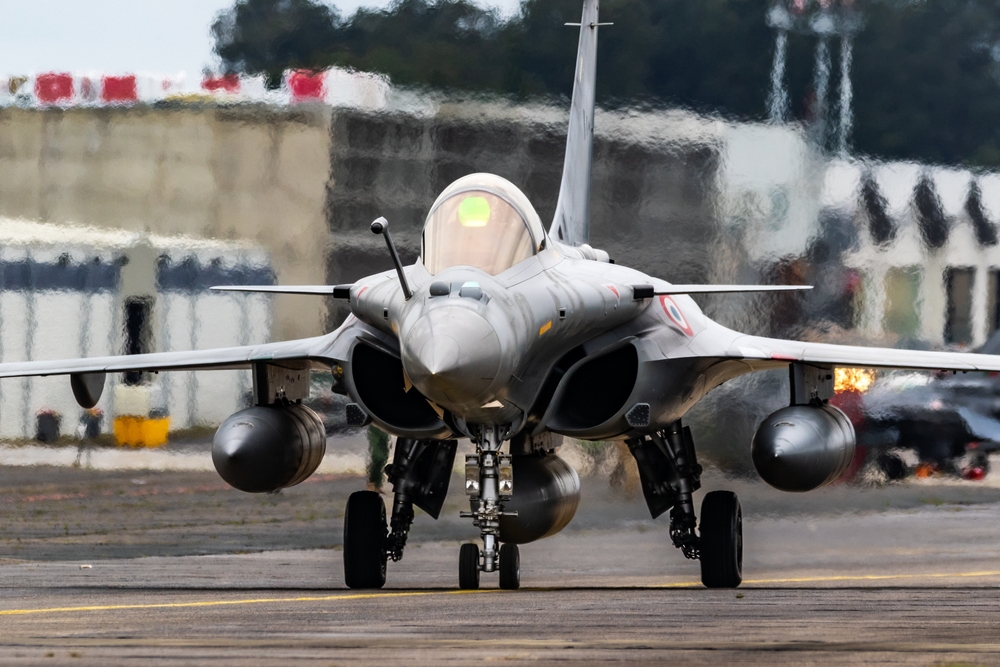
France’s Dassault Rafale can reach speeds of Mach 1.8 and is celebrated for its versatility in air combat, ground attack, and reconnaissance roles. It features a highly advanced electronic warfare suite, making it as formidable in electronic combat as it is in the air. The Rafale’s sleek delta wing and canard design give it excellent agility and speed. Its ability to adapt to a wide range of missions has made it a mainstay in the French military. The Rafale has seen combat in various theaters, from Afghanistan to Libya.
F-16 Fighting Falcon
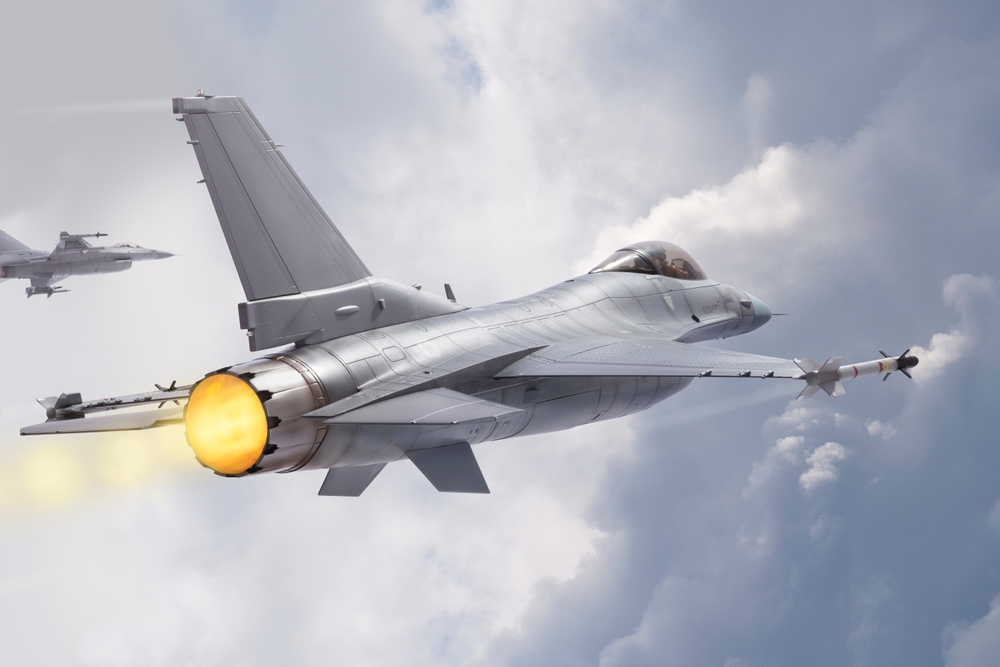
The F-16 Fighting Falcon, one of the most widely used fighter jets globally, can reach speeds of Mach 2.05. Known for its agility and combat effectiveness, the F-16 was designed as a lightweight, multirole fighter. Its advanced avionics allow it to excel in air-to-air combat, while its high speed enhances its mission versatility. The F-16 has seen service in over 25 nations and remains a staple in many air forces. Its speed and agility continue to make it a formidable presence in any conflict.
F-35 Lightning II
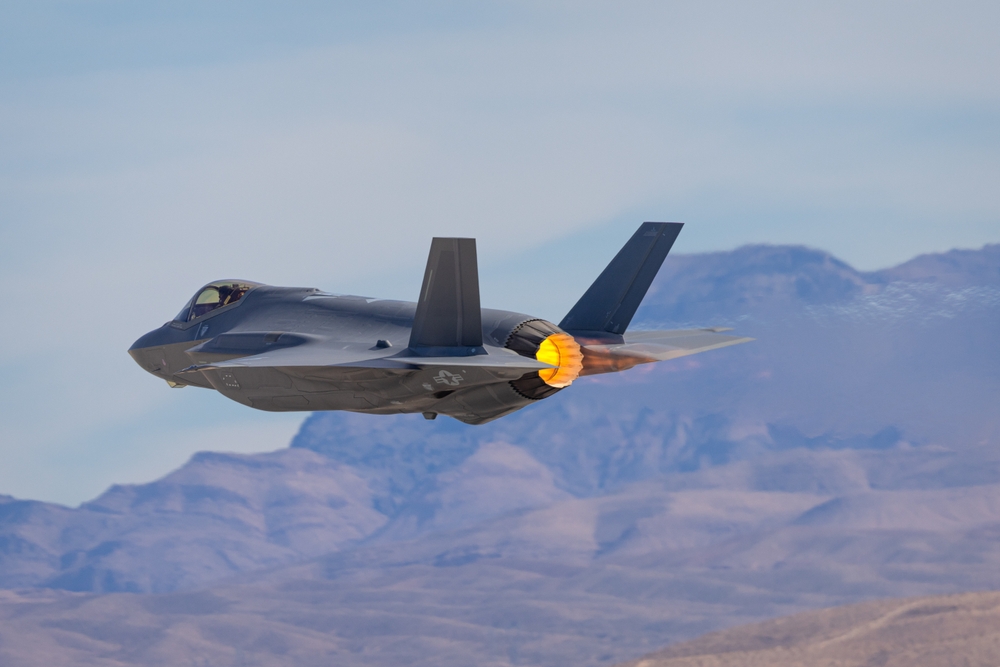
The F-35 Lightning II, despite its relatively modest top speed of Mach 1.6, is a critical asset due to its stealth and advanced avionics. Designed as a multirole fighter, it can carry out air superiority, ground attack, and reconnaissance missions with equal efficiency. The F-35’s speed, while not the fastest, is complemented by its ability to evade detection and operate in heavily contested airspace. Its supercruise capability allows it to maintain supersonic speeds without afterburners.
MiG-21 Fishbed
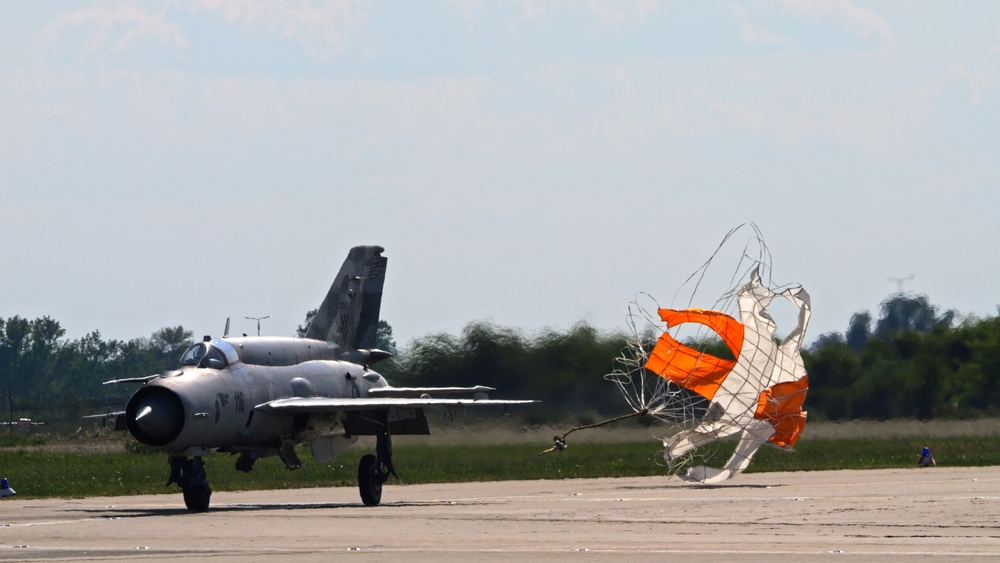
The MiG-21 Fishbed is one of the most produced supersonic jets in aviation history, with a top speed of Mach 2.05. Designed in the 1950s, it became a symbol of Soviet air power, known for its simplicity and speed. Though it lacks modern avionics, many nations still operate upgraded versions of the MiG-21 today. Its lightweight design and powerful engine made it a dangerous interceptor, especially in the early years of its service.
Su-57 Felon
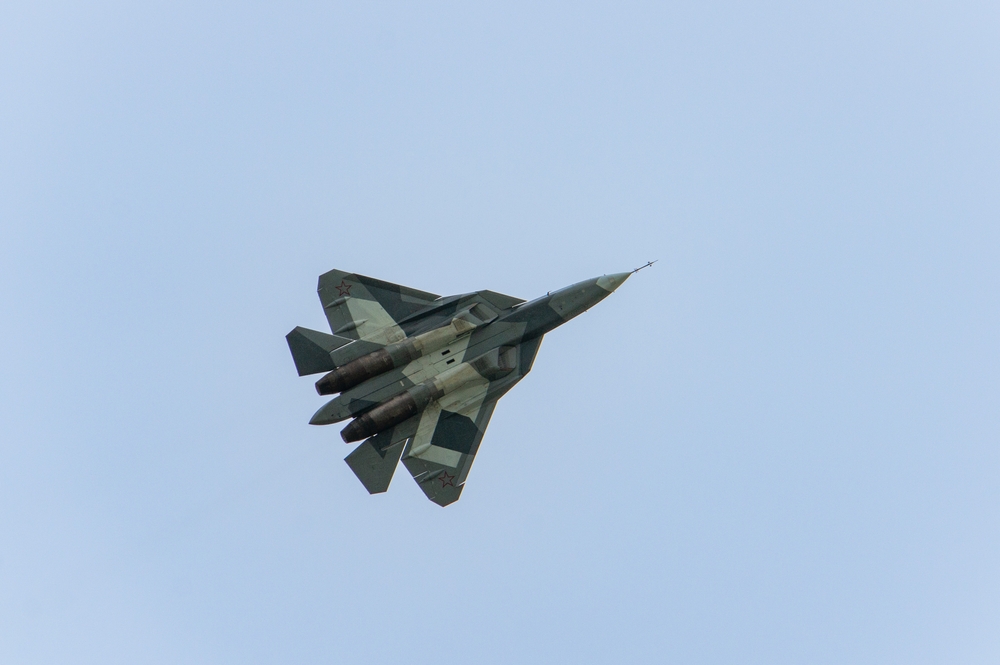
Russia’s Su-57 Felon, capable of Mach 2 speeds, is designed as a fifth-generation stealth fighter with cutting-edge technology. It is intended to rival American jets like the F-22 Raptor and F-35 Lightning II, combining speed, stealth, and advanced avionics. The Su-57 is Russia’s first stealth fighter, featuring a combination of speed and agility that gives it the edge in both air superiority and ground attack roles.
Chengdu J-20
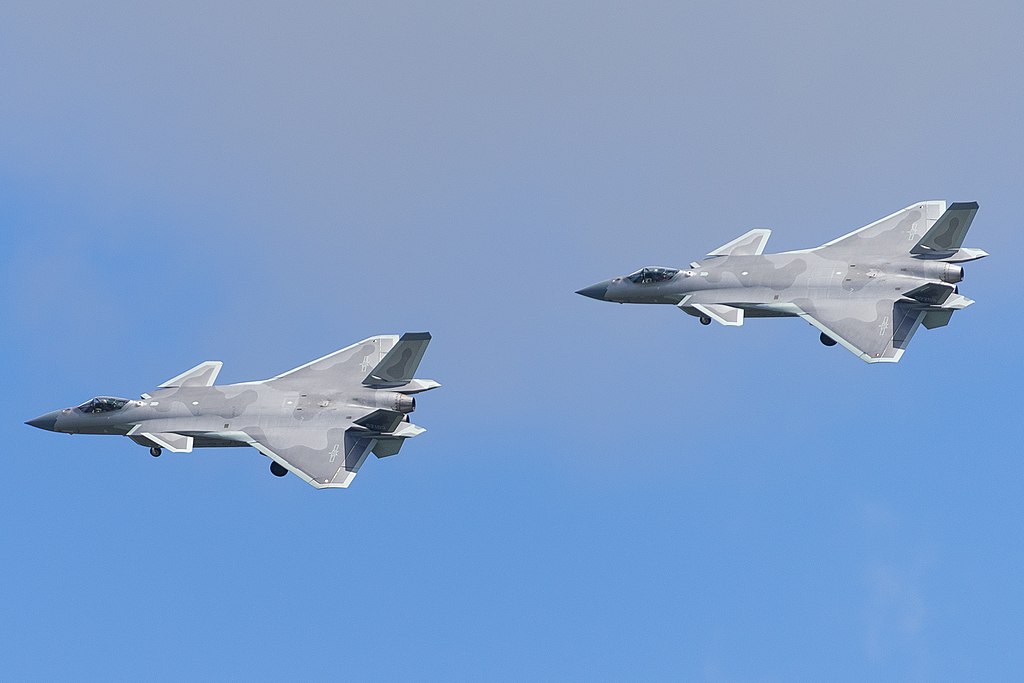
China’s Chengdu J-20 is a stealth fighter that can reach speeds of Mach 2, designed to compete with U.S. fighters like the F-22 and F-35. The J-20 was developed to establish Chinese air dominance, featuring advanced avionics, radar-evading stealth, and a high-speed profile. Though it is still in early service, its combination of speed and stealth makes it a crucial part of China’s strategic air force modernization. The J-20 continues to evolve as China aims to close the technology gap with other global military powers.
MiG-23 Flogger
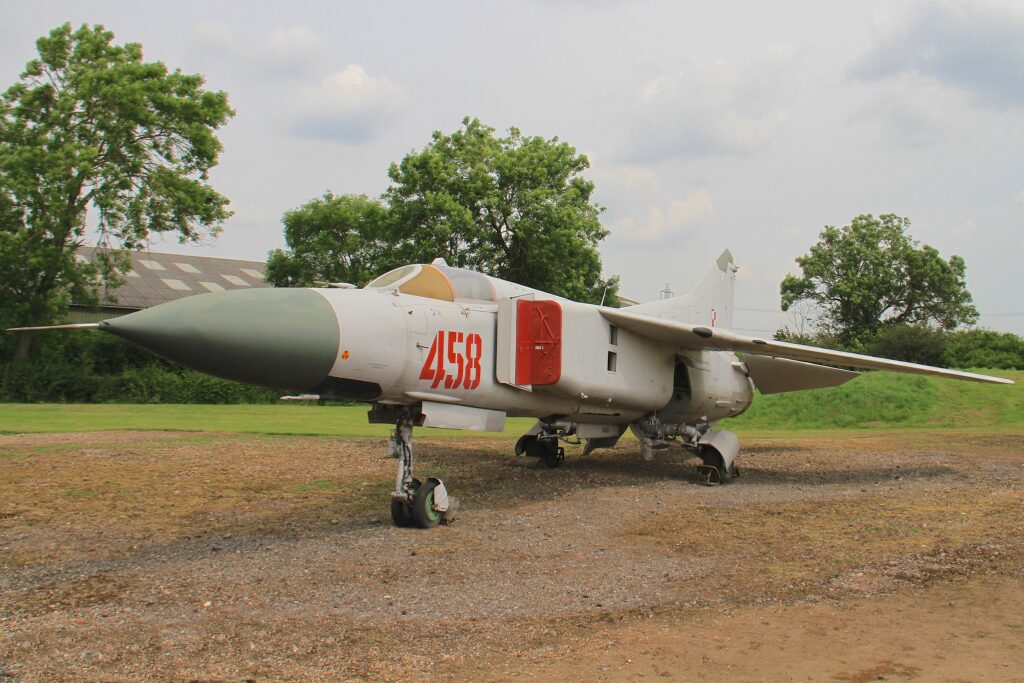
The MiG-23 Flogger, with its variable-geometry wing design, could reach speeds of Mach 2.35. Developed to replace the earlier MiG-21, the Flogger featured improved radar and weapons systems for better interception capabilities. The swing-wing design allowed it to perform well at both high and low speeds, enhancing its versatility. The MiG-23 was widely exported and saw action in numerous conflicts during the Cold War. Its speed and adaptability made it an effective jet fighter for many nations.
F-4 Phantom II
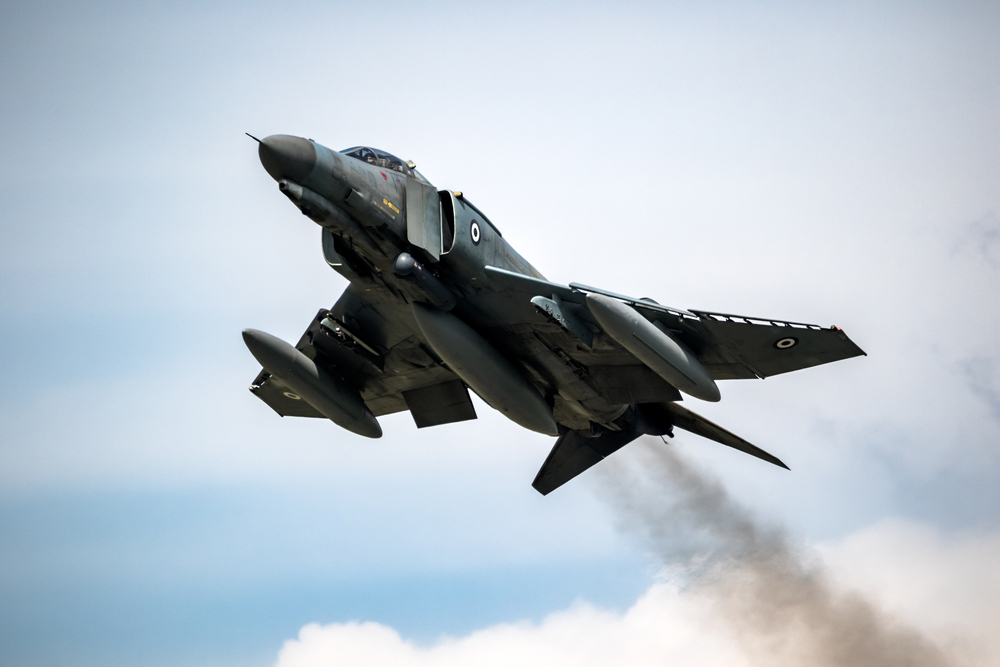
Capable of reaching Mach 2.23, the F-4 Phantom II became one of the most versatile and widely used aircraft during the Vietnam War. Originally designed as a long-range interceptor, the Phantom soon proved itself in air combat, ground attack, and reconnaissance missions. Its two powerful engines provided incredible speed, even when fully loaded with bombs and missiles. Though now retired by most air forces, the F-4’s service history includes action with several nations around the world.
JF-17 Thunder
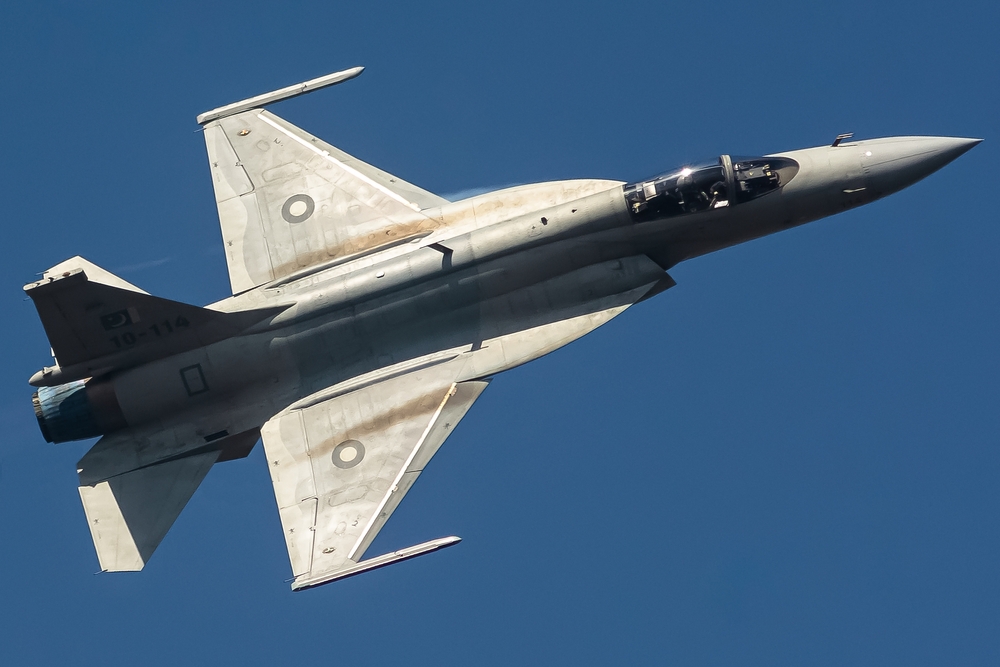
The JF-17 Thunder, developed through a collaboration between Pakistan and China, has a top speed of Mach 1.6. Though not the fastest jet, the JF-17 offers exceptional value due to its affordability and multirole capabilities. Designed for both air-to-air combat and ground attack, it provides modern avionics and weapons systems at a lower cost. Its speed, while modest compared to other jets, is balanced by its adaptability and versatility in combat situations.
F-104 Starfighter
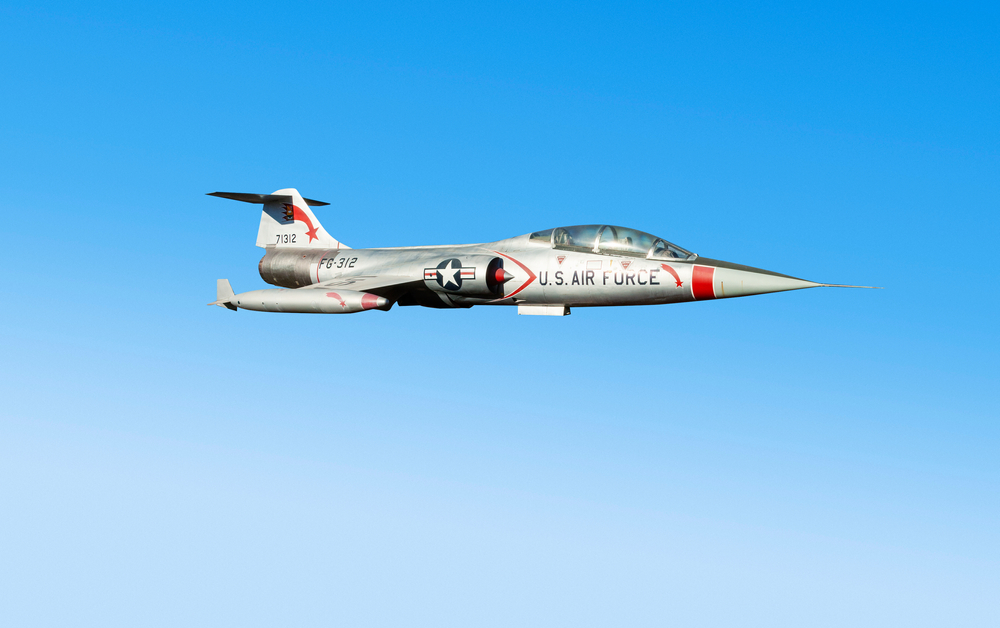
The F-104 Starfighter, also known as the “missile with a man in it,” was capable of reaching Mach 2.2. Developed in the 1950s, the Starfighter was designed for high-speed interception missions, with a streamlined body and small wings for reduced drag. While its speed was impressive, the F-104 was difficult to control at lower speeds and had a reputation for being unforgiving.
This article originally appeared in MyCarMakesNoise.
More from MyCarMakesNoise
20 Legendary Race Cars That Faded into History
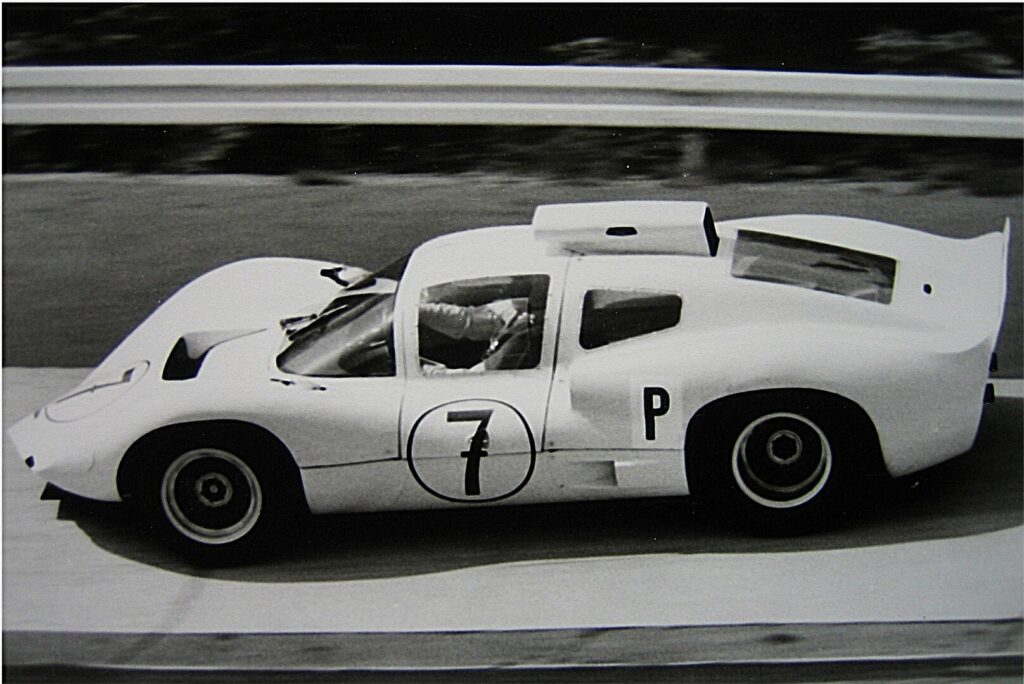
Some race cars leave an indelible mark on history, while others, despite their legendary status, quietly fade into the background. In this article, we’ll explore 20 of these remarkable machines—vehicles that once dominated the track but have since slipped out of the spotlight. Read More.
9 Surprising Products You Didn’t Know Were Ferrari-Branded

When you think of Ferrari, sleek sports cars and roaring engines likely come to mind. But Ferrari’s influence goes beyond the racetrack. From fashion to everyday gadgets, the iconic prancing horse logo has found its way onto a range of unexpected products. Read More.
The World’s 18 Most Captivating Railroad Museums to Visit
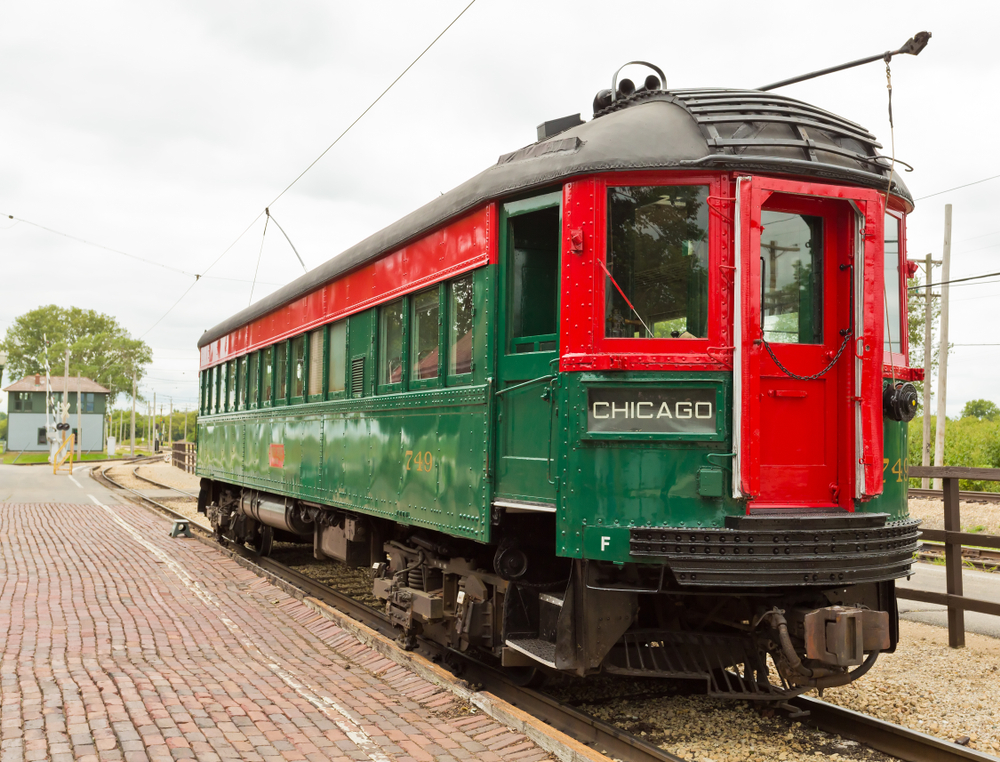
Railroad museums offer a unique glimpse into the history and evolution of train travel, showcasing everything from vintage locomotives to intricate model railways. In this article, we will take you on a journey to discover the 18 most fascinating railroad museums around the world.

